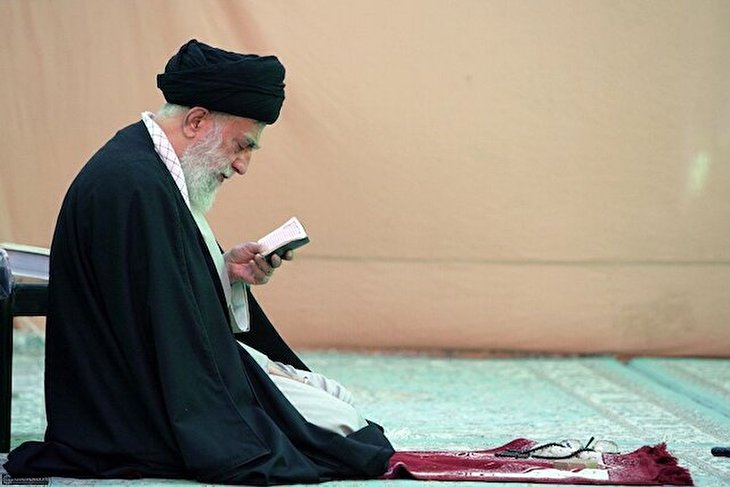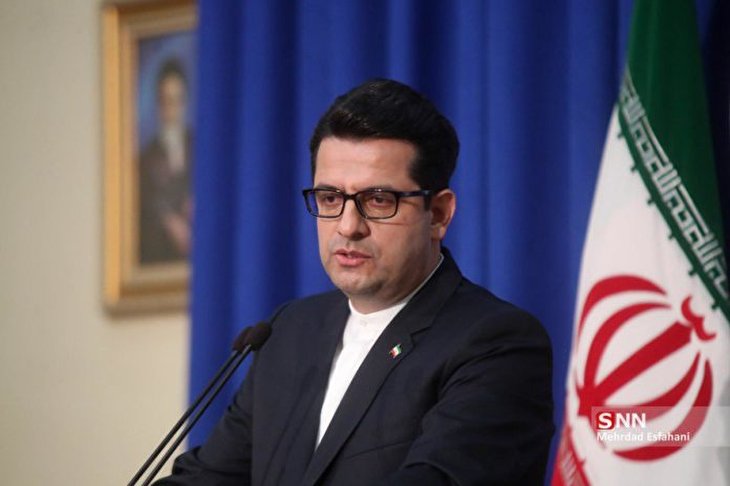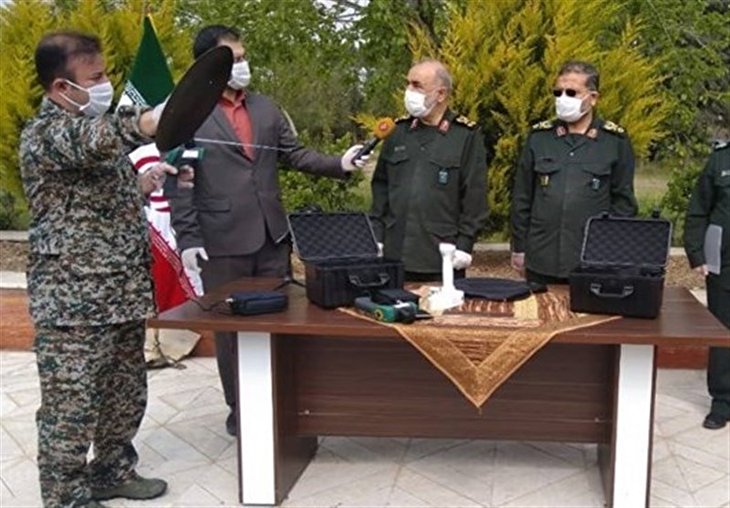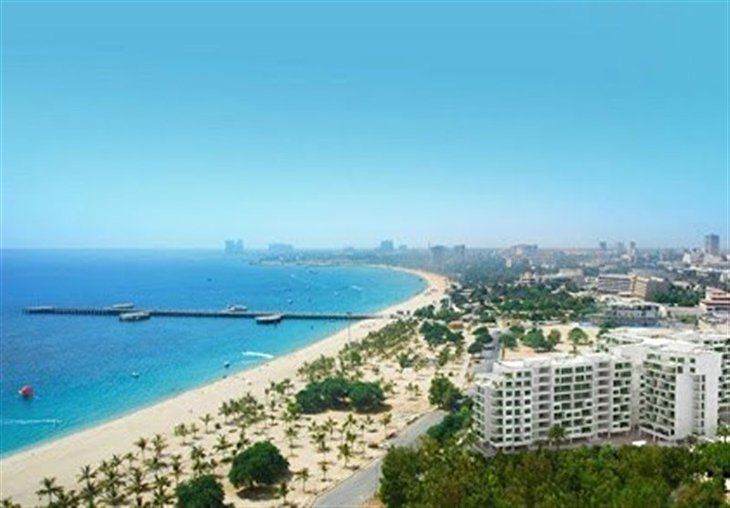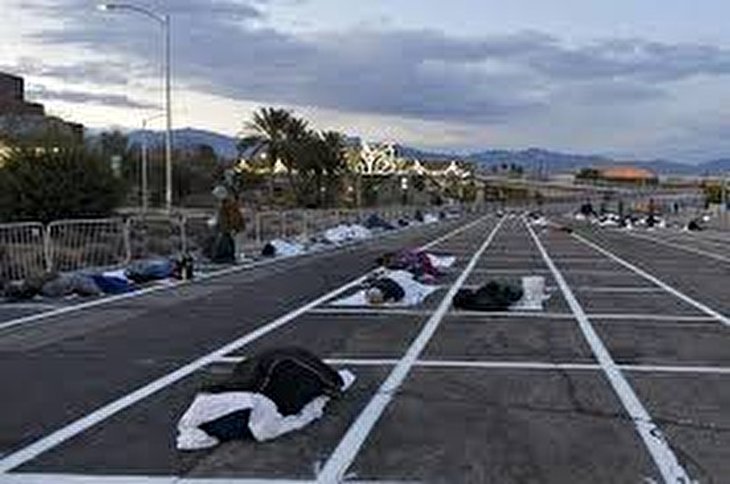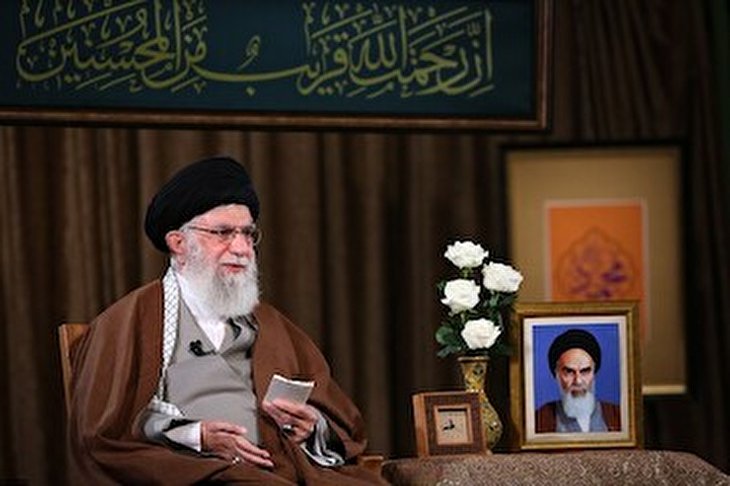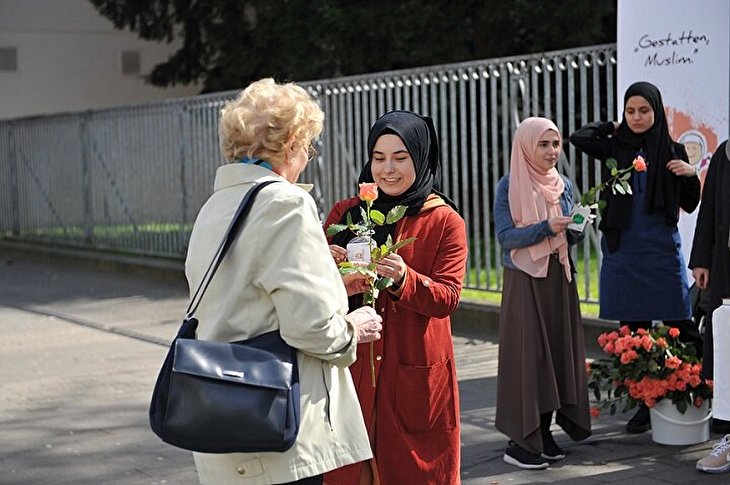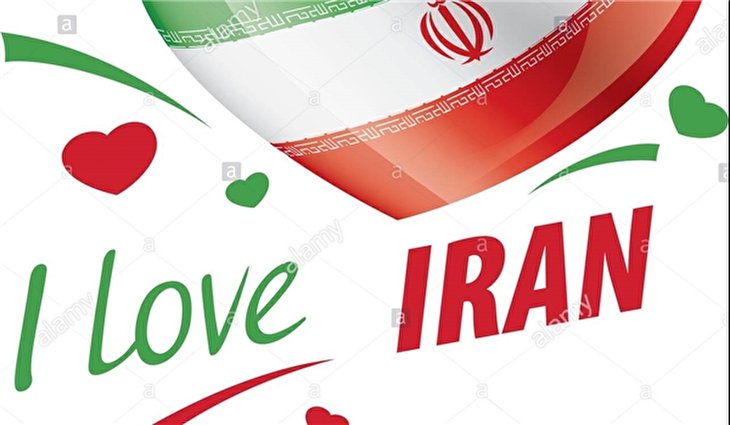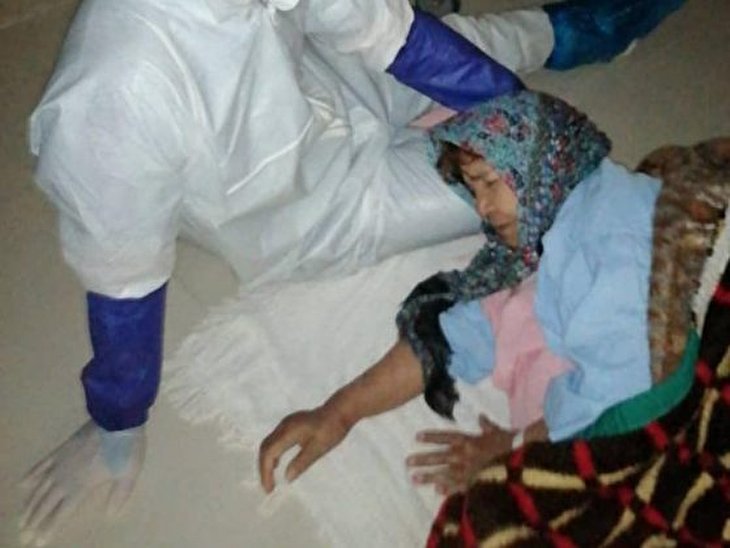Some important points about recent unrest in Iran

Following the U.S. withdrawal from the JCPOA and re-imposition of economic sanctions on Iran in May 2018, Trump and his security team, who have adopted extremist approaches, expected that the Islamic Republic would surrender and would collapse within a few months.
Since May 2018 that Iran has let its guard down and adopted “active resistance” policy against U.S. “maximum pressure” campaign, the scene of confrontation between Iran, the United States and its regional and extra-regional allies completely changed in favor of Iran.
The course of events in favor of Iran was so pervasive that even the most radical U.S. think tanks were forced to admit the failure of the maximum pressure strategy against Tehran.
When Trump failed to make Iran give up, contrary to his regional allies’ opinion, tried to reach Iran to gain reputation, but his plan did not work out due to Iran’s rejection.
Trump’s unstable political situation on the eve of the 2020 election along with his unpredictable behavior, caused joint Israeli-Western-Arab think tanks put a plan against Iran on its agenda. The costly plan, with its complicated design, aims to create insecurity inside Iran. It uses the fourth generation, warfare model.
Recently, there have been reports that some countries have launched a joint plan to make Iran insecure and unstable. By studying the information provided by a neighboring country’s intelligence agencies and also through investigating Ruohollah Zam, such an event was expected to happen.
Reforming gasoline prices seemed inevitable and predictable. The reform prepared the ground for the enemies to launch a war against the Iranian nation under the pretext of “the right to protest”.
Gasoline price hike and concerns over rising costs of goods and services, which are unbearable for the majority of people, led to a natural, acceptable and peaceful reaction by the people of different classes of society. But, Iran’s foes exploited people’s legitimate demands and completely derailed them.
According to initial intelligence calculations and assumptions, the plan of creating “insecurity from inside” was expected to be launched in late 2019 or early 2020. Due to the intelligence blows dealt to some opposition groups over the past few months coupled with increased public dissatisfaction over gasoline price, the enemy decided to carry out the plan earlier.
The economic, security, military and media aspects of the recent war against the Iranian nation strongly confirm the idea that the recent violent incidents in various cities were preplanned.
The U.S. has imposed economic sanctions on Iran to frustrate and infuriate people and then has accused the government of being incompetent to deal with the sanctions’ consequences.
The next step in conducting the plan was to train and organize riot groups and spread them to some parts of the country, where protests were likely to be formed against the government.
The media outlets that fueled the recent riots had the mission to lead and magnify the unrest and portray it as a public move to create human rights sensitivities in the world.
The rioters were focused on cities around the capital rather than Tehran because these places are more vulnerable to unrest. The rioters were also trying to create insecurity in important energy and economic centers such as Bandar Mahshahr, Imam Khomeini Port, Bushehr, Asaluyeh along with refineries and power plants. The move shows that the rioters intended to create a complete deflation in the country. They also sought to overthrow the government by undermining critical infrastructure and disrupting the export and import process.
In this context, the plan to attack military and police stations was carried out with the aim of increasing the number of victims and finding access to weapons.
Although many riot groups were already equipped with illicit weapons, efforts to obtain weapons owned by the armed forces would increase fatalities.
On the other hand, arresting Rouhollah Zam, the admin of Amadnews Telegram Channel also affected the failure of the recent riot. During the unrest, the channel was not able to launch psychological warfare and lead the rioters.
One of the important issues that need to be considered in dealing with the recent crisis is the role and function of the Internet.
Since the daily life of most Iranian people is dependent on the internet, the foes assumed that Iran would either not block the internet to prevent further discontent or it would face widespread protests and enormous economic damages.
However, with the internet shutdown, the National Information Network (NIN) was able to meet people’s minimum needs in various aspects.
Of course, some alternative communication ways were also provided for the agitators, which effectively led to the identification of many elements of the unrest by the intelligence agencies.
On the other hand, the remarks by Leader of the Islamic Revolution who prompted the real protesters to separate their way from the rioters, public protests against the rioters, arrest of some ringleaders as well as the internet shutdown helped end the crisis within 48 hours.
The quiet and hasty return of Abraham Lincoln aircraft carrier to the Persian Gulf is also one of the interesting events that indicates foes’ hope for the success of the hostile plan.
Source: TehranTimes

